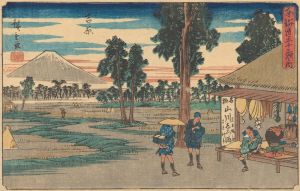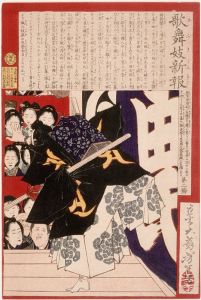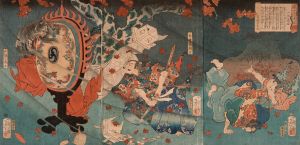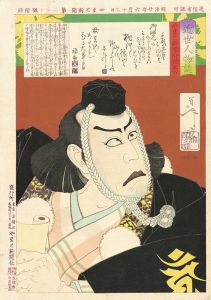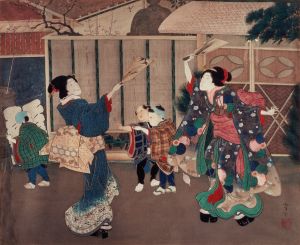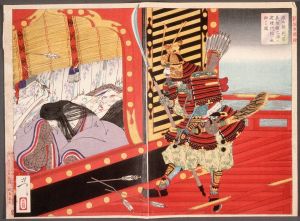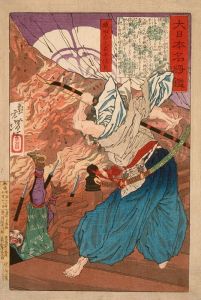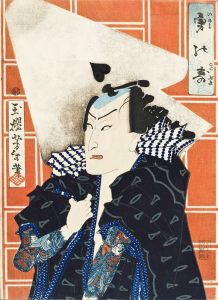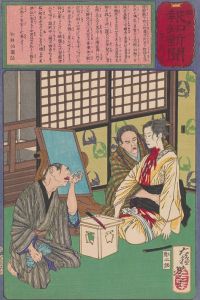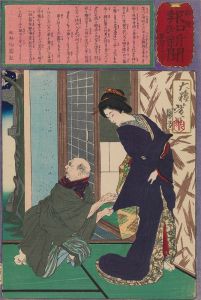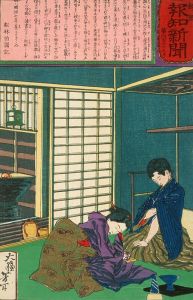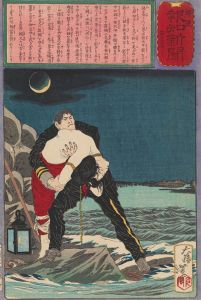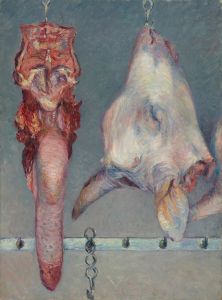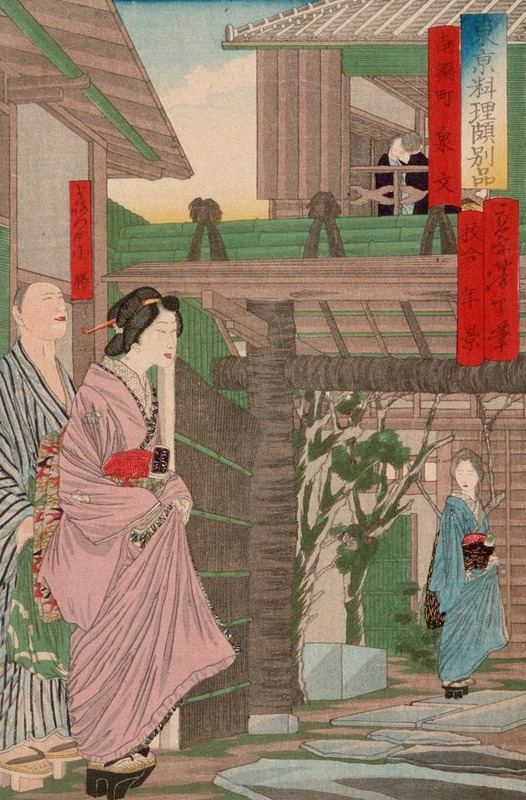
Izumibun Restaurant at Minami Nabechō
A hand-painted replica of Tsukioka Yoshitoshi’s masterpiece Izumibun Restaurant at Minami Nabechō, meticulously crafted by professional artists to capture the true essence of the original. Each piece is created with museum-quality canvas and rare mineral pigments, carefully painted by experienced artists with delicate brushstrokes and rich, layered colors to perfectly recreate the texture of the original artwork. Unlike machine-printed reproductions, this hand-painted version brings the painting to life, infused with the artist’s emotions and skill in every stroke. Whether for personal collection or home decoration, it instantly elevates the artistic atmosphere of any space.
Tsukioka Yoshitoshi (1839–1892) was a renowned Japanese artist, widely celebrated for his woodblock prints and his role in the ukiyo-e art movement during the late Edo and early Meiji periods. One of his notable works is "Izumibun Restaurant at Minami Nabechō," which is part of his larger series that captures the essence of Japanese culture and society during his lifetime.
Yoshitoshi's work is characterized by its vivid detail, dynamic composition, and the ability to convey emotion and narrative through imagery. His prints often depicted scenes from Japanese history, folklore, and contemporary life, and he was particularly known for his ability to blend traditional Japanese themes with Western artistic influences, which were becoming increasingly prevalent during the Meiji Restoration.
"Izumibun Restaurant at Minami Nabechō" is a reflection of Yoshitoshi's interest in capturing the everyday life and social customs of his time. The print likely depicts a scene from a popular dining establishment, providing insight into the culinary culture and social dynamics of the period. Restaurants like Izumibun would have been places where people from various walks of life gathered, making them rich subjects for an artist interested in the human condition and societal interactions.
Yoshitoshi's work during this period was marked by a transition from the traditional ukiyo-e style to one that incorporated more realism and attention to detail, influenced by Western art techniques. This transition is evident in the way he portrays the figures and settings in his prints, with a focus on realistic expressions and intricate backgrounds that provide context and depth to the scenes.
The Meiji era was a time of significant change in Japan, with rapid modernization and Westernization affecting all aspects of life, including art. Yoshitoshi's prints serve as a historical record of these changes, capturing the tension between tradition and modernity. His work remains highly regarded for its artistic quality and its ability to convey the complexities of a society in transition.
Despite facing personal and professional challenges, including financial difficulties and mental health issues, Yoshitoshi continued to produce influential works until his death in 1892. His legacy is preserved through his prints, which continue to be studied and admired for their artistic merit and historical significance.
"Izumibun Restaurant at Minami Nabechō" is just one example of Yoshitoshi's ability to capture the spirit of his time, offering viewers a glimpse into the daily life and cultural practices of 19th-century Japan. His work remains an important part of the ukiyo-e tradition and provides valuable insights into the social and cultural history of Japan during a period of profound change.





